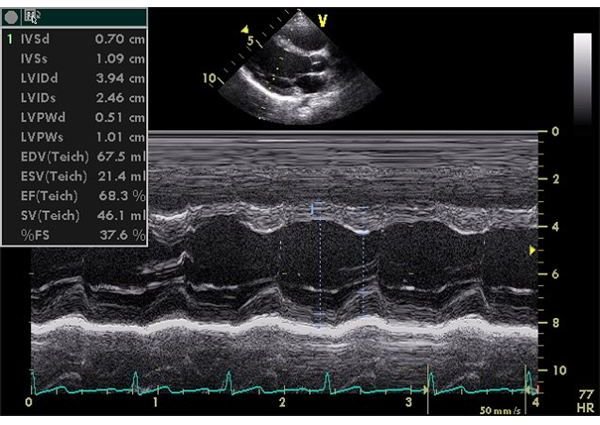New Computer Science Tool Detects Heart Disease
Current Approaches Fall Short
There is already an ingenious array of highly effective tools, scans and procedures that can monitor the health of the heart and detect disease and damage, but technology doesn’t stand still and there’s always room for improvement. For example, technologies that measure the risk of death in individuals who have already suffered a heart attack are only good enough to identify a small number of resulting fatalities.
According to Zeeshan Syed, an assistant professor in the University of Michigan Department of Electrical Engineering and Computer Science and first author of a study into a computer science tool to detect heart disease, up to 70 percent of those at high risk of complications are missed. The techniques fail badly when trying to predict patients at high risk following a heart attack, therefore those that most need help go undetected.
The American Heart Association states that almost one million Americans suffer a heart attack every year, and in some age groups more than a quarter of those who survive the initial attack die of complications within a year. Typically the causes are irregular heart rhythms, which could be prevented by medications and implantable defibrillators (small battery-powered impulse generators that correct arrhythmias with a jolt of electricity).
But at the moment it is difficult to determine who’s at greatest risk before it’s too late. It is not an easy job. Physicians attempt to spot high risk patients with a combination of a patient’s blood tests, medical history, overall health and EKG readings, but the analysis of these readings is not up to the job. All the information is actually there, it’s just that only a small fraction of the data is being read. Doctors are only looking at segments that are a few seconds long.
Markers for Heart Damage
Scientists from MIT’s Computer Science and Artificial Intelligence Laboratory (CSAIL), the University of Michigan, Brigham and Women’s Hospital in Boston and Harvard Medical School have devised and developed a technique for ascertaining the risk of death in patients who have already suffered a heart attack. This new approach is effectively a data mining process where a computer program pores over hours worth of patients’ EKG (echocardiogram) readings, a job that is far too laborious and time-consuming for medical professionals to carry out.
In a paper titled Computationally Generated Cardiac Biomarkers for Risk Stratification Following After Acute Coronary Syndrome, and published in an edition of Science Transitional Medicine, Syed and co-authors revealed how current risk assessment strategies can be given a boost. The computer science tool that the researchers have developed is able to search for subtle and previously undetected markers for heart damage in a person’s EKG readings. These readings were previously undetectable because of the enormous amounts of data that needed to be searched, or they were just dismissed as noise. “But by using sophisticated computational techniques, we can separate what is truly noise from what is actually abnormal behavior that tells us how unstable the heart is,” Syed said.
Analysing the Data
Scientists involved in the study looked over 24-hour continuous EKG readings of 4,557 heart attack patients involved in a clinical trial being held by Brigham and Women’s Hospital/Harvard Medical School TIMI Study Group. They were looking for shared errant patterns in the readings that are missed by routine examination of EKG results.
Using this approach researchers identified three new metrics, called computational biomarkers that point to heart muscle problems. These biomarkers are morphologic variability (variability in the shape of heartbeats over time), heart rate motifs (characteristic sequences of changes in the heart rate that reveal whether the heart is responding to the nervous system in the correct fashion), and symbolic mismatch (a comparison of a person’s long-term EKG signal with those of others who present with similar histories).
Thousands of Lives Saved
From their observations the scientists concluded that those patients who had at least one of the computational biomarkers were two to three times more likely to die within twelve months of the initial heart attack.
In addition, by adding the tests for these biomarkers to the tools and techniques that physicians currently use the researchers estimated that 50 percent more deaths could be predicted with fewer false positives.
This low-cost and non-invasive approach uses data that is easily available and could translate into tens of thousands of lives being saved every year as doctors would have the ability to spot those at the greatest risk and be able to treat them with the appropriate interventions.
References
- Zeeshan Syed et. al. (2011). Computationally Generated Cardiac Biomarkers for Risk Stratification After Acute Coronary Syndrome. Science Translational Medicine, 3(102), 102ra95
- Picture credit: Image released into the public domain by its author, Ekko at the Norwegian Wikipedia project
